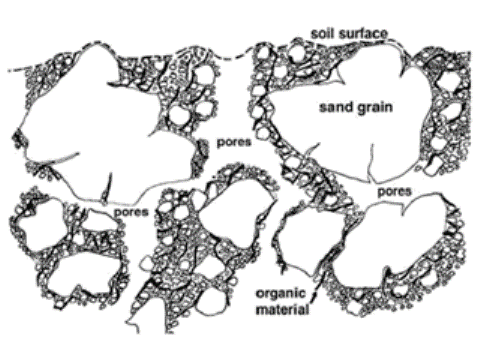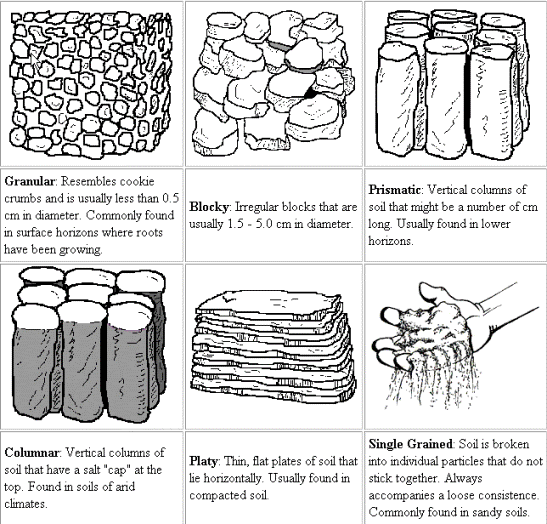
Posted on 03/02/2012 8:10:56 AM PST by JustaDumbBlonde

.
Good morning fellow gardeners! Here in NE Louisiana the weatherman claims we will reach 90 degrees today. He is really starting to get on my nerves ... doesn't he know that this is the first week of March, for pete's sake? He could shade the truth and tell us it's going to be 68, it's not like he's given bad information before, he does it at least 3 days a week. But, I digress.
First off this week, I want to share a link that fanfan, one of our gardening FRiends in Canada, sent to me earlier in the week. Three seed-sowing techniques is sure to bring valuable information to many of our gardening notebooks. Thanks, fanfan!
I'd also like to share a link to an article that shows how to build a hoop house/greenhouse that is simple, yet extremely well done and strong. In An Early Start the author provides easy to understand instructions, along with photos, for constructing a year-round environment for gardening at home. At least one of these will be built at my house this year ... I've got most of the components that I can scrap up from my piles of useful junk.
I've been threatening y'all with information on soil structure, and this week I want to begin with some basic information that we'll build on over the weeks. I hope to get everyone thinking about making the most of their yards and gardens by understanding the things we have to work with. Many of you already practice soil management and understand the importance of structure. I hope that you will join the discussion and offer all of us your some of your knowledge and expertise.
Simply put, soil structure is a term that describes the arrangement of the solid parts of the soil and of the space located between them. Basic structure depends on the soil type you are working with. (see previous thread on soil types.)

Soil structure is broken down into basic types, and is best determined by taking a sample of soil that has not been disturbed and looking closely at its shape. The shape of the soil will fall into one of the following categories: granular, crumb, blocky, platy, prismatic, columnar, single-grained, or massive. Note that massive soil is not pictured in the following diagram, but is basically unpermeable soil that is a solid block with no spaces.

Each individual unit of soil in the overall structure is called a ped. Only about 50% of structure is solid material. The remainder is spaces of air, organic matter, water and minerals. Other riches in the soil are worms, mites, nematodes, deep growing plant roots, bacteria and fungi. All of these things together are indications of soil quality, and developing a management strategy to enhance that quality is a sure way to hit pay dirt.
Why is information on structure important to you and your garden? Structure determines how well your plants will grow. Good structure reduces erosion, improves root penetration and access to soil moisture and nutrients. Even seedlings will emerge easier in well managed soil due to less surface crust. Water infiltrates good structure better and is more readily retained. Some soil health consultants claim that garden productivity can improve 2 to 3 fold with improved structure.
The best news is that anyone can improve the structure of their soil. In coming weeks I will be setting out ways to do just that. I decided to do this in several parts for a couple of reasons: structure is not something that you've going to attack and change in the span of a week; and if I presented all of it in one thread, eyes would glaze over and we would all fall asleep and miss planting season. 

The Weekly Gardening Thread is a weekly gathering of folks that love soil, seeds and plants of all kinds. From complete newbies that are looking to start that first potted plant, to gardeners with some acreage, to Master Gardener level and beyond, we would love to hear from you.
This thread is non-political, although you will find that most here are conservative folks. No matter what, you won’t be flamed and the only dumb question is the one that isn’t asked.
It is impossible to hijack the Weekly Gardening Thread ... there is no telling where it will go and that is part of the fun and interest. Jump in and join us!
I should think you’d be grateful for a little shade in Conroe. It took almost 10 years for me to get trees and shrubs high enough so that I could open my drapes in the living room in Missouri City (Ft. Bend Co.). My piano still bears the craze marks that developed before I got the drapes up when we first moved in.
I know you want more sunshine for growing veggies, but it is so HOT in TX.
You probably already know this, but for the sake of anyone reading who isn’t aware: never use black walnut anything in the garden. All parts of the tree leach a chemical that inhibits the growth of other plants. That extends to the leaves as well.
On the other hand, I might use black walnut leaves to mulch a path.
You are in a slightly different zone than I, but those variegated vincas that everybody plants in their mixed pots every year are definitely cold hardy. Once they take hold, you cannot get rid of them. I have a vinca minor that I planted on a steep slope in my back yard about 20 years ago. It took forever to get started, but it is holding the slope just fine, and it is still there with no care whatsoever.
I’ve never actually grown them before, but I assume that they can bne planted like other grasses. We’ll see if I can find a spot for them this year. I’m still hacking out a garden space on my land. It was abandoned for 15 years before I bought it, so the weeds are really thick.
The weather is the same, but we were accustomed to the hot and humid before coming to Texas.
Thank the Lord, Conroe is a whole different world than Houston, just down the road.
I only turn them if the Temperature doesn’t come up. Other then that I take off the unfinished material and put in a new pile when I empty the bin. I just don’t have the stamina to go “By The Book” anymore...
Thank you both for the great answers!
The winter lettuce continues to produce, and is no longer under cover. The spinach indoors and out has all been harvested and eaten, so will soon be replanting. Indoor lemon tree is very scraggly, but has new blossoms and a new lemon bud growing.
We will be planting some more blackberries, blueberries and strawberries this spring. A new strawberry bed will be made and planted, and the blooms will be pinched off. The old bed will have it's 3rd and final harvest. It will plowed under in June. We haven't decided what will be planted then. Hubby thinks maybe corn. I think maybe something to help build the soil.
Have a great weekend and God bless.
I love impatiens for urns. I think blue white and/or yellow would all be stunning colors to go with your decor, and depending on where you place the urns.
AHHH you poor thing. When it warms up a bit the freezes, it’s called clear so you’re in 0001 one, extra clear..
I haven’t been bothered by any critters. I guess it’s too HOT. We have chicken barns nearby and every once in a while I go over an bum a molasses bucket full and spread it over the compost, turn it, fluff it up a bit and let the little thing steam. So if you have neighbors with chickens, see if you can bum some chicken litter from them.
bttt
Those all sound like good color schemes. Thanks for the suggestions.
I’m grateful that it was only a raised bed.
Prayers lifted for my neighbors.
Serious lack of organic matter, as you corrected, and the soil was probably compacted from being worked too much. So glad that all the work is paying off!
I really like the new door and windows.
Good morning! I’m slowly but surely working my way down the thread and wanted to let you know that I really liked that link. Thanks so much.
Thank you, fanfan! Good to see ya.
Disclaimer: Opinions posted on Free Republic are those of the individual posters and do not necessarily represent the opinion of Free Republic or its management. All materials posted herein are protected by copyright law and the exemption for fair use of copyrighted works.